Damp: Your complete guide to causes, cures and prevention
Found what you suspect is a damp problem in your home? Fear not, our guide is here to provide all the information you need to get the situation under control
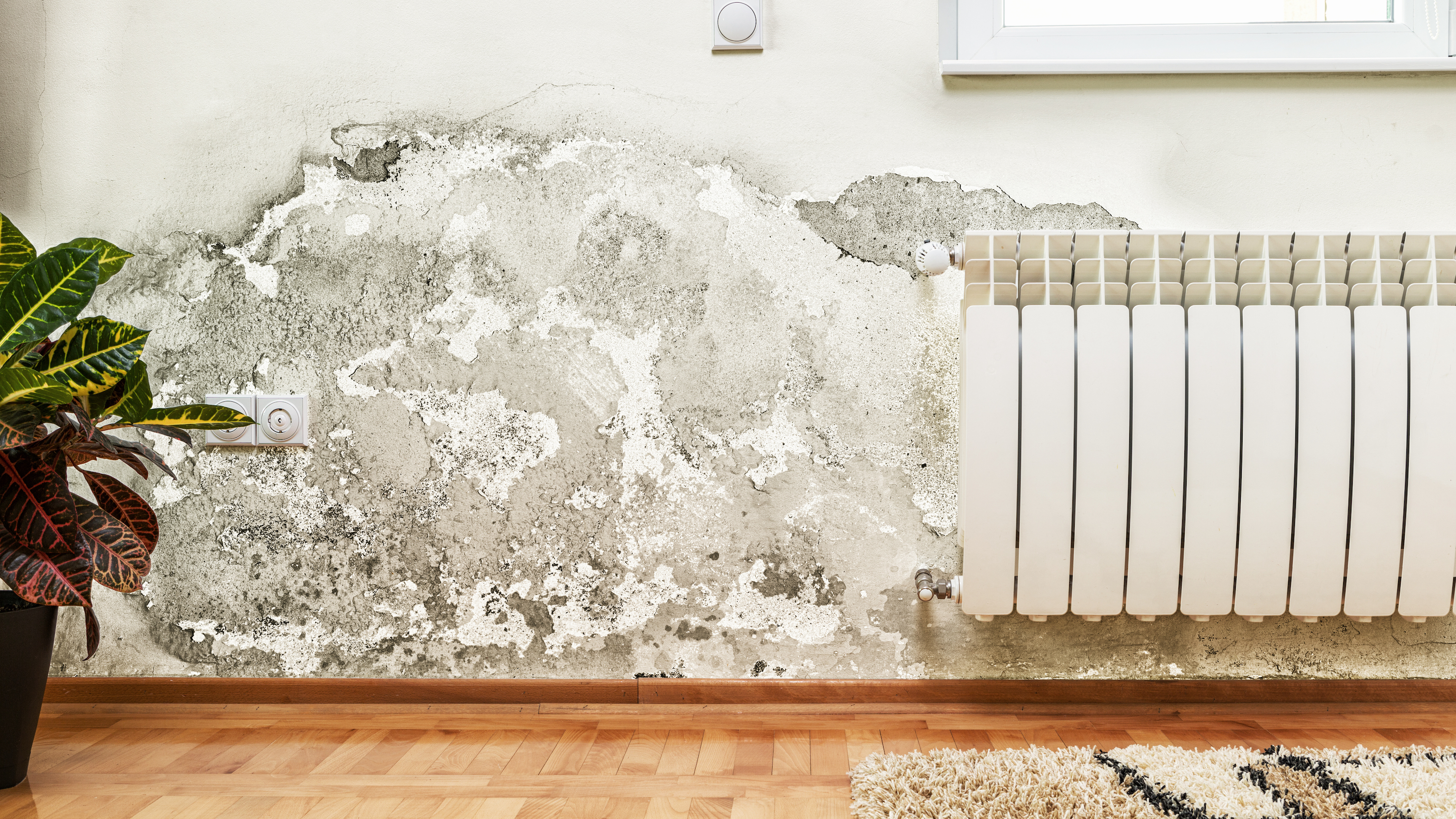
Damp — the bane of many people's lives and the driving force behind many other household problems, such as mould.
Thankfully, by getting to grips with what causes damp, this is an issue that is wholly preventable — plus there are ways of getting rid of it should it already be causing your a headache.
In this guide, we take a look at the most common causes of damp, the steps you can take to avoid itin your home and how to treat it should it decide to invade. We'll also explain how to deal with common associated problems so that your home is nothing but a pleasure to spend time in.
What is damp?
It can be really useful to understand exactly what damp is. Not only will this help you prevent it, but it should also explain why it might have become a problem in your home.
"Damp refers to the presence of excess moisture in a room," says Ruth MacEachern, product manager at EnviroVent. "Damp can be a serious problem due to the fact that it can cause damage to the infrastructure of a building. It is a problem that can affect any home no matter what size. Damp is a pain to live with and can be a threat to health if left untreated."
"The natural tendency of moisture is to spread out from wet to dry areas, and also to move downwards under the influence of gravity," further explains surveyor and damp consultant David Kinsey. "Simply put, dampness is just a localised excess of naturally occurring moisture."
What causes damp in houses?
There are several reasons why damp might occur.
Bring your dream home to life with expert advice, how to guides and design inspiration. Sign up for our newsletter and get two free tickets to a Homebuilding & Renovating Show near you.
Sometimes there is a very obvious cause for damp, such as leaking pipes or damaged or blocked gutters, gaps or cracks in seals around sinks, baths or showers or failed flashings around chimneys and so on.
In these cases, it is usually pretty easy to put a stop to the damp getting in by rectifying the cause — finding out how to repair a roof, clearing your gutters, for example, or sorting out old, corroded pipework.
However, there are also some other causes which can be a little more troublesome to put right. "Unlike modern buildings, the construction of an older house is designed to prevent damp problems by preventing the excess build-up of moisture," points out David. "Nowadays, the majority of cases of damp in period houses are caused by inappropriate building work that stops moisture escaping. It’s advisable to remove incompatible modern materials such as cement render or mortar pointing that trap damp."
Other common causes of damp can be when the exterior ground level is less than 200mm below floor level and poor home ventilation.
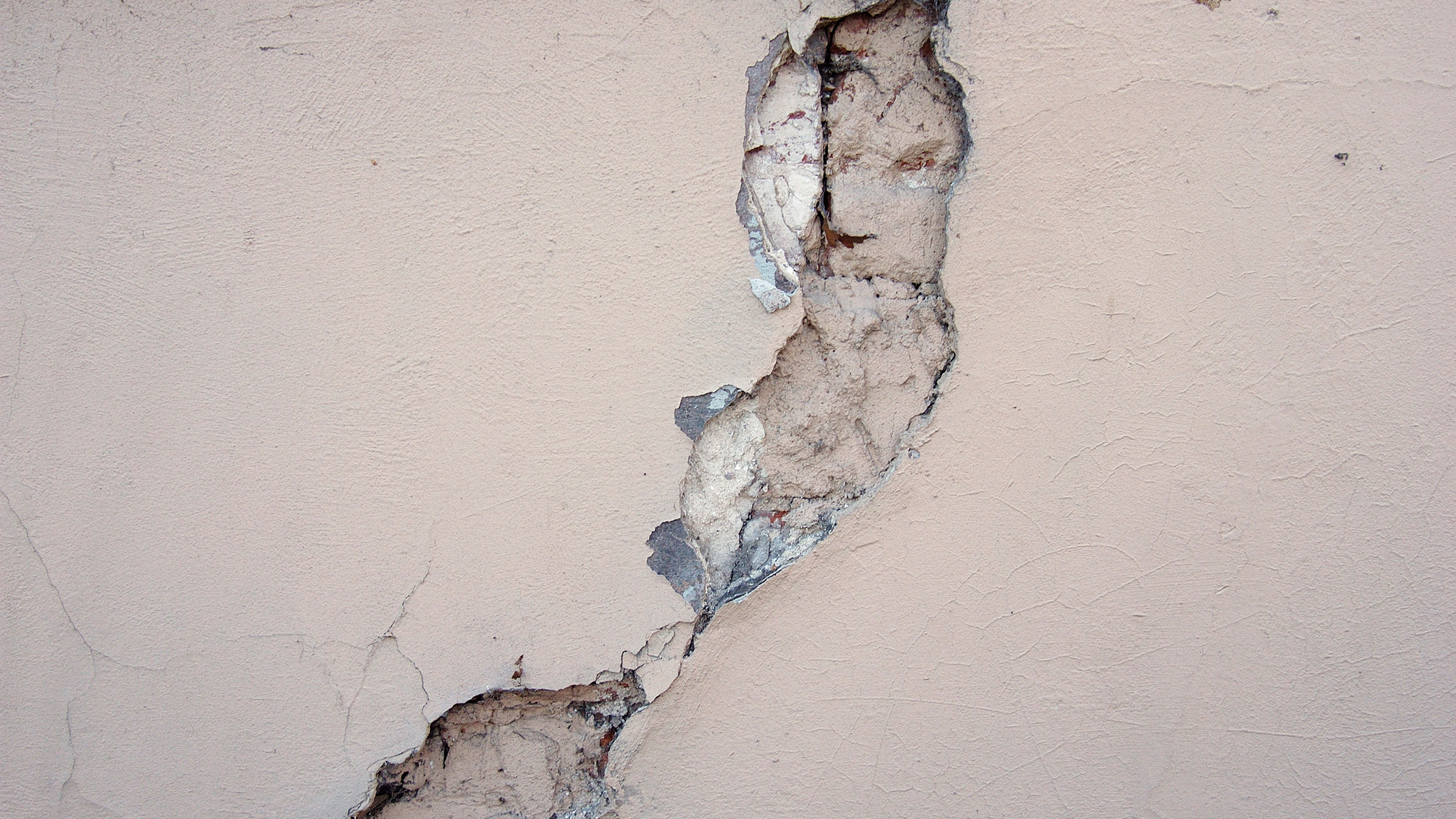
Types of damp explained
Damp is commonly split into three categories — penetrating damp, rising damp and condensation damp.
- Penetrating damp: This type of problem is caused by water coming in through the walls as a result of structural issues, such as cracks in walls, or damaged rainwater goods. "The first sign of penetrating damp is often a watermark on your decoration. With penetrating damp, patches grow as the water continues to enter," says Ruth MacEachern.
- Rising damp: This is far less common than penetrating damp and happens when moisture travels up the walls from the ground — plasterwork in the walls and woodwork, such as floor joists and skirting are likely to be affected too. A failed or non-existent damp proof course (DPC) is the most common cause. "A visible stain commonly appears on the wall in the form of a tide mark at the point where the ground water has reached," says Ruth. "Externally, mortar may crumble and white salt stains may appear on the walls."
- Condensation damp: A very common form of damp, condensation damp is relatively easy to deal with too. Running water on windows, walls and bathroom sanitaryware are all obvious signs.
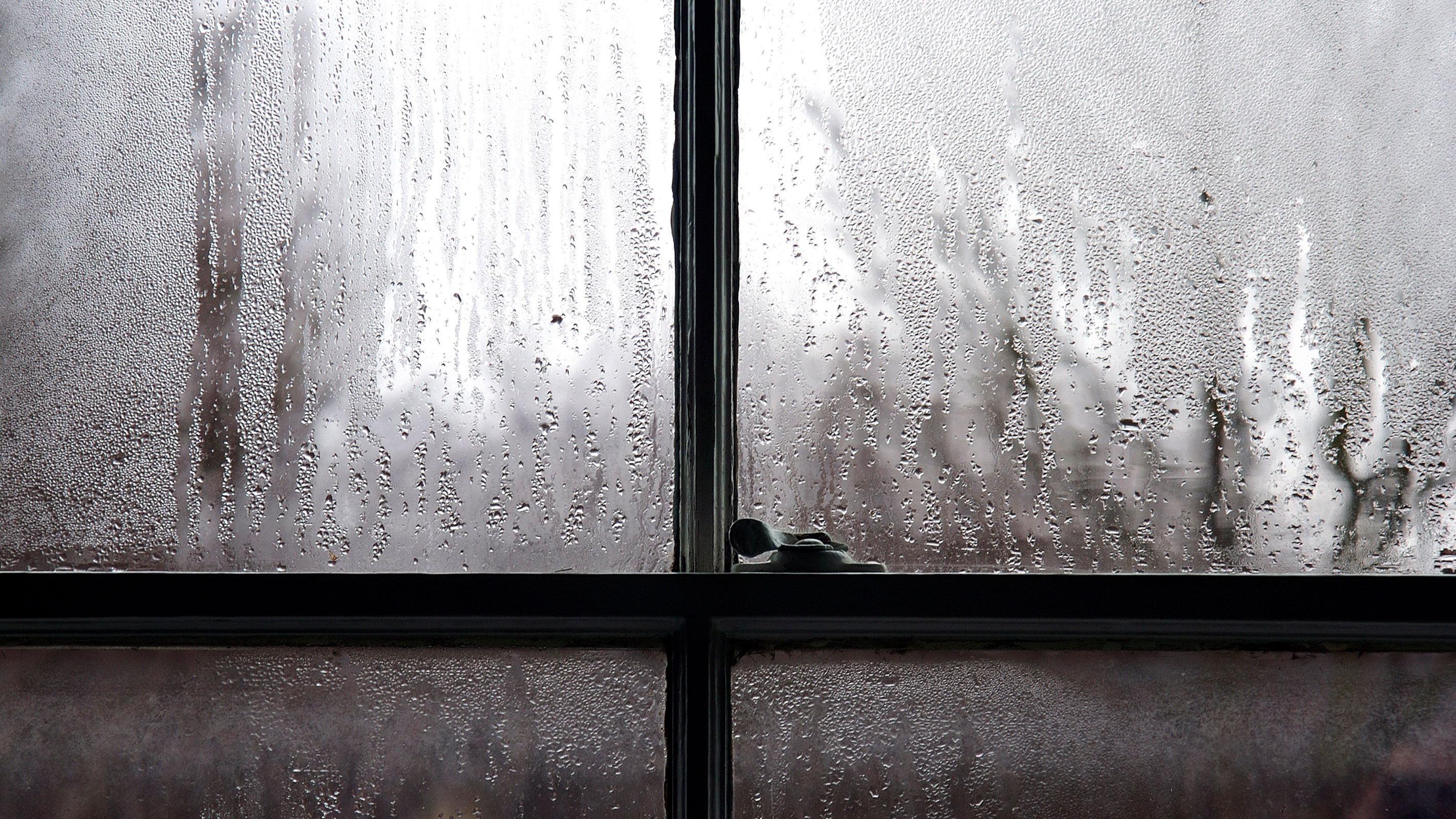
What are the main signs of damp?
If you are worried about damp in your home you will no doubt been keen to get up to speed with how to spot it fast, before it turns into a bigger problem. Telltale signs to look out for include:
- Walls and floors that look wet or feel very cold
- Peeling paint or wallpaper
- A 'musty' smell
- Running water (condensation) on windows and walls
- Wet or discoloured patches on walls or floors
- Mould
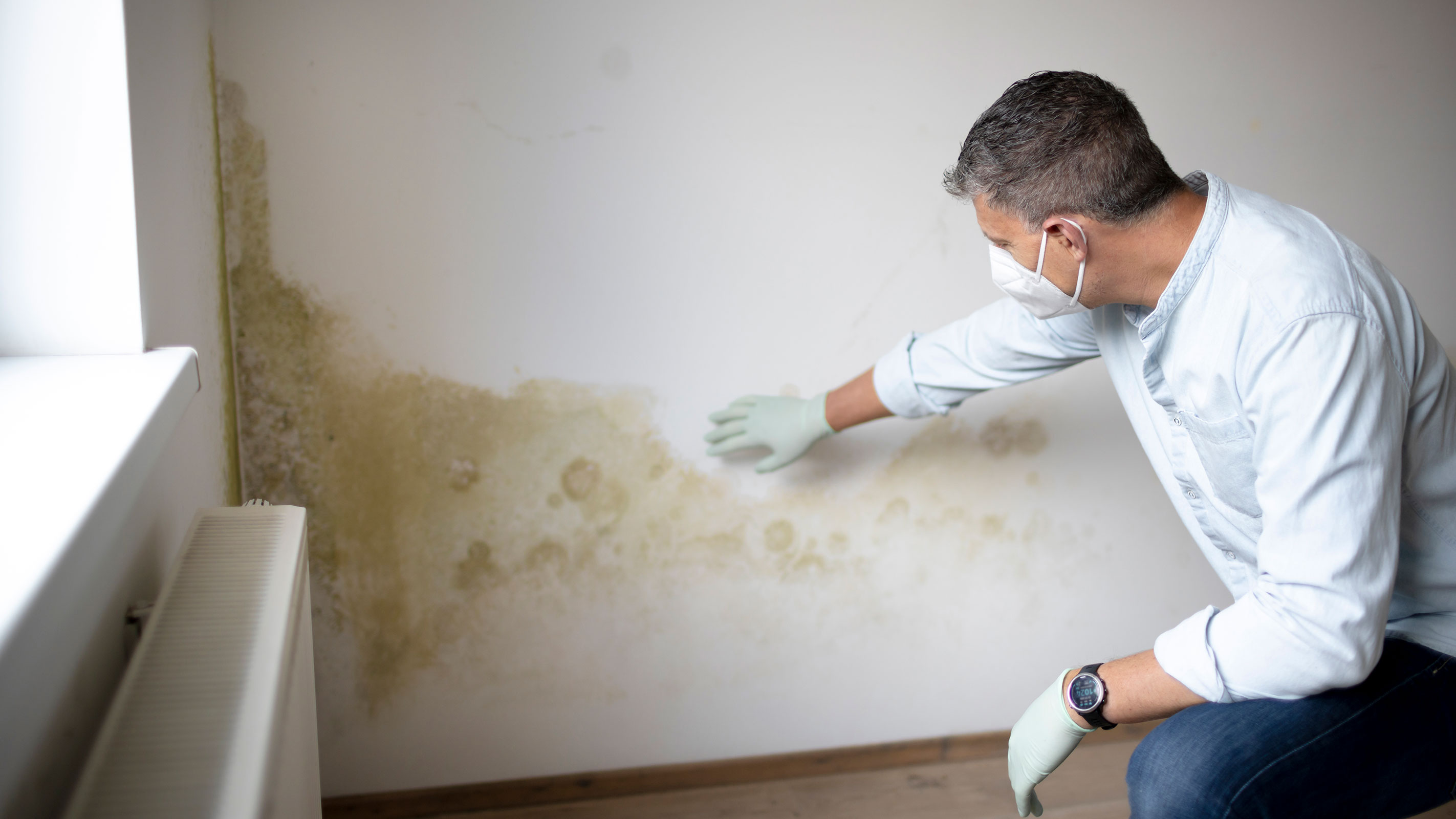
How do you prevent damp in the home?
The best case scenario is that you stop damp in the first place — before it becomes a problem. Thankfully there are many ways to do this.
Most are common sense, but there are also steps to take that you might not have considered:
- Keep an eye on air humidity: "Condensation can be treated by reducing air humidity or keeping surfaces above dew point temperature," says chartered building surveyor Douglas Kent. "Humidity is reduced by cutting the amount of moisture available or increasing ventilation. Condensation in chimney flues can be eliminated with proper linings. Redundant flues that have been sealed should be fitted with ventilation grilles or re-opened."
- Prevent moisture from getting in: Penetrating damp can occur for a number of reasons, but speedy roof repairs, good gutter and drain maintenance, repointing failed mortar and sensitive render repairs are also key to keeping it out.
- Check your DPC: Sometimes it is easy to deal with a damp proof course that has simply been covered externally, but where there is none in existence, what should you do? "Although retrofit DPCs can sometimes be appropriate, with an old building always consider first whether rising damp is actually too minor to matter and, if it is significant, whether more sympathetic ways exist of dealing with it," suggests Douglas Kent.
- Avoid modern materials in old buildings: Older houses were built to 'breathe' with permeable materials — covering these with modern, non-permeable finishes on walls and floors and even in roofs, can cause damp. "Whilst cement is fine for modern buildings, it is important to use a lime:sand mix (preferably without cement) for most buildings pre-dating about 1900," advises Douglas.

Why is it important to deal with damp?
Damp can cause a whole host of unwanted issues.
"It is vital to deal with damp as quickly as possible to avoid giving mould a chance to form," says Ruth MacEachern. "Mould spores are a health hazard, particularly for those who suffer with respiratory problems or have allergies."
It is really important to carry out mould removal as soon as you notice it to avoid it causing damage to your property and its occupants.
In addition, the swift eradication of damp is also important for the sake of the structure of your home.
"It may lead to the deterioration of plaster and masonry and promote timber decay," points out Douglas Kent.
How to get rid of damp
In many ways, the steps how to treat damp are similar to those you can take to prevent it — in short, if you put right the cause, the damp should go away.
However, in some cases different action may be required.
"The best way to get rid of damp is to prevent it to begin with and the ideal way to stop it is to keep your home consistently well ventilated," says Ruth MacEachern. "The best ventilation is a fully fitted, intelligently-designed system. By fitting a whole house ventilation system and correctly ventilating your home, condensation dampness will disappear and your damp areas will dry out."
If you are sure that you have a damp problem and can't get to the bottom of it, it may well be time to call in the specialists.
"Scientific analysis can be an essential aid for accurately diagnosing a damp problem," says Douglas Kent. "Tests include the use of electrical resistance and capacitance meters, on-site moisture testers, hygrometers and salt analysis."
In some extreme cases it will be necessary to install or alter the DPC. This can be done in a number of ways, including by cutting or building a new one in, impregnating a chemical solution through holes at the base of the building to create a waterproof barrier or through the insertion of ceramic tubes that absorb and evaporate damp.
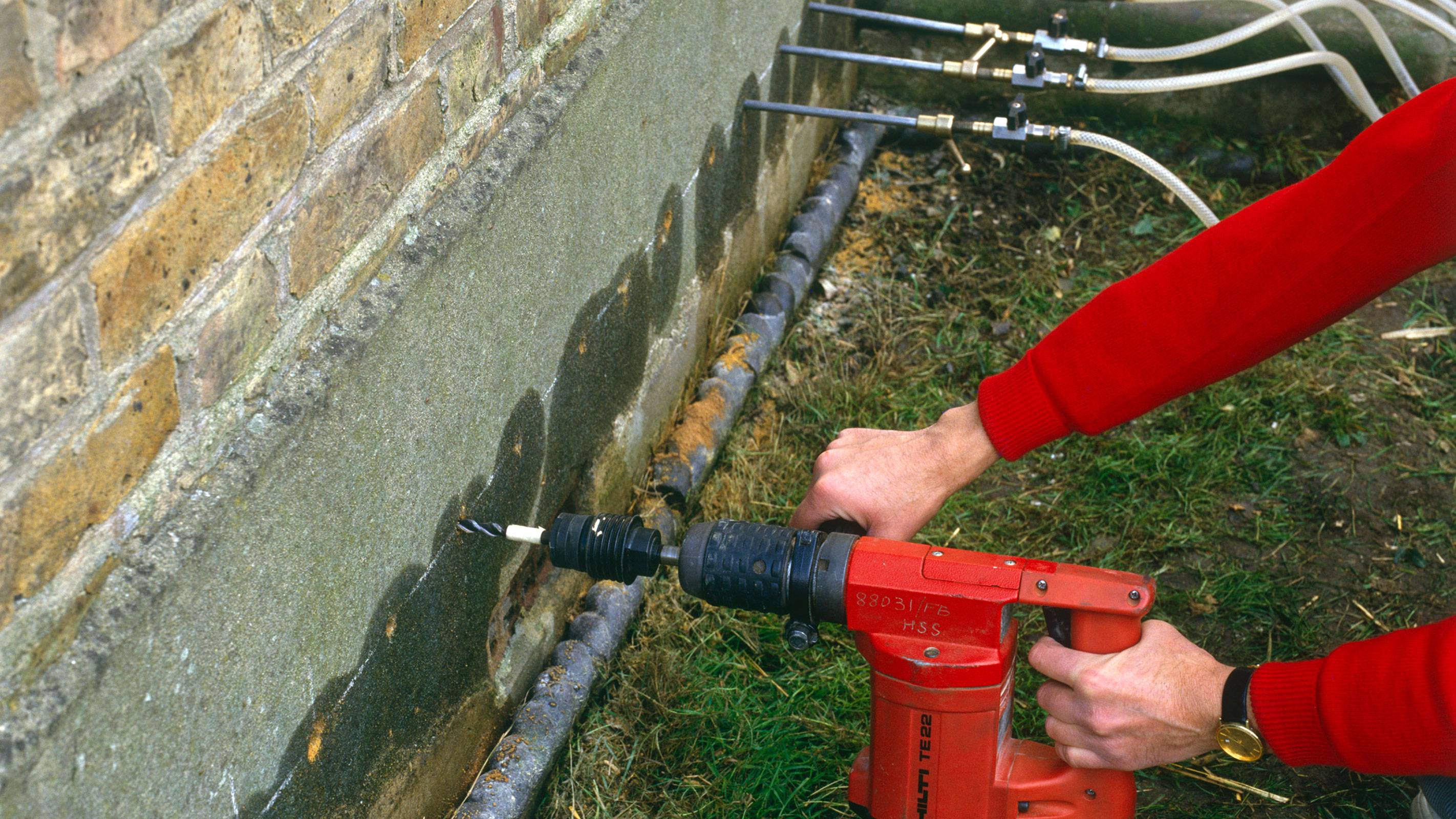
Natasha was Homebuilding & Renovating’s Associate Content Editor and was a member of the Homebuilding team for over two decades. In her role on Homebuilding & Renovating she imparted her knowledge on a wide range of renovation topics, from window condensation to renovating bathrooms, to removing walls and adding an extension. She continues to write for Homebuilding on these topics, and more. An experienced journalist and renovation expert, she also writes for a number of other homes titles, including Homes & Gardens and Ideal Homes. Over the years Natasha has renovated and carried out a side extension to a Victorian terrace. She is currently living in the rural Edwardian cottage she renovated and extended on a largely DIY basis, living on site for the duration of the project.

